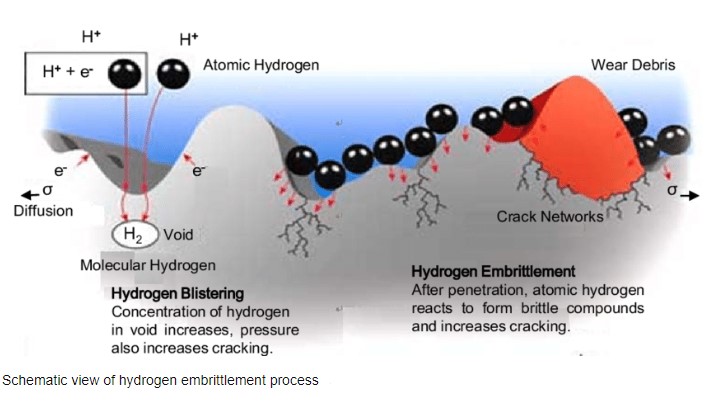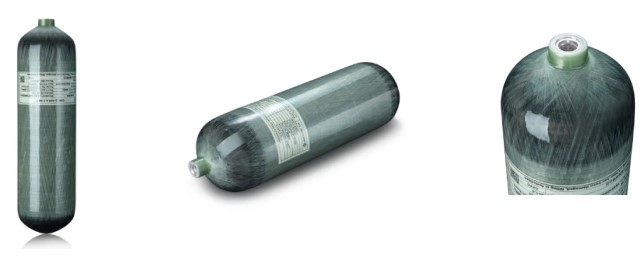Introduction:
Hydrogen embrittlement is a critical consideration in the hydrogen energy industry, impacting the integrity of storage solutions, especially high-pressure vessels like cylinders. This phenomenon occurs when exposure to hydrogen gas makes metals, particularly high-strength steels, brittle and prone to cracking. This article explores the causes of hydrogen embrittlement, mitigation strategies, its impact on hydrogen storage solutions, and guidelines for using type 3 cylinders for hydrogen storage.
Understanding Hydrogen Embrittlement:
Hydrogen embrittlement arises from the diffusion of hydrogen into the metal’s crystal lattice, disrupting its ability to deform plastically and making it brittle. Stress-induced cracking can occur under high stress or tensile loads.
Mitigation Strategies:
1-Material Selection: Choose hydrogen-resistant materials, such as specific alloys and coatings.
2-Stress Reduction: Minimize stress concentrations in components to mitigate the risk of cracking.
3-Hydrogen Charging Conditions: Control and monitor hydrogen charging conditions to prevent excessive exposure.
4-Temperature Control: Maintain operating temperatures within a range that minimizes hydrogen embrittlement.
Impact on Hydrogen Storage Solutions:
Hydrogen embrittlement is a crucial consideration, particularly in high-pressure storage solutions like cylinders. The embrittlement can compromise the integrity of the cylinder, leading to potential failures and safety risks.
Concerns for Cylinder Usage:
1-Material Integrity: Regularly inspect cylinders for signs of embrittlement-induced damage.
2-Hydrogen Purity: Ensure the purity of stored hydrogen to minimize embrittlement risks.
3-Operating Conditions: Maintain optimal operating conditions, including pressure and temperature, to mitigate embrittlement.
Using Type 3 Cylinders for Hydrogen Storage:
Type 3 cylinders, featuring an aluminum liner wrapped in carbon fiber, are commonly used for hydrogen storage. Consider the following guidelines for safe usage:
1-Compatibility: Aluminum liner provides a barrier against hydrogen permeation, and the carbon fiber wrap enhances strength.
2-Material Integrity: Regularly inspect the cylinder for any signs of damage, corrosion, or wear.
3-Pressure and Temperature: Adhere to recommended pressure and temperature specifications for safe storage.
4-Hydrogen Purity: Ensure high-purity hydrogen to prevent adverse effects on the cylinder’s material.
5-Regulatory Compliance: Follow safety standards and regulations, such as ISO 11439 and ISO 15869.
6-Periodic Testing: Perform hydrostatic testing periodically to assess structural integrity.
7-Manufacturer’s Guidelines: Follow the specific guidelines provided by the cylinder manufacturer.
Transportation Considerations: If the cylinder is used for transportation, comply with applicable regulations for the safe transport of high-pressure gases.
Conclusion:
While type 3 cylinders are designed for high-pressure gas storage and have been successfully used for storing hydrogen, it’s essential to be diligent in adhering to safety protocols and guidelines. Understanding and addressing hydrogen embrittlement are pivotal in ensuring the safety and longevity of hydrogen storage solutions. By implementing robust material selection, monitoring, and operational practices, the industry can navigate this challenge and advance towards a safer and more sustainable hydrogen future.
Post time: Jan-24-2024


